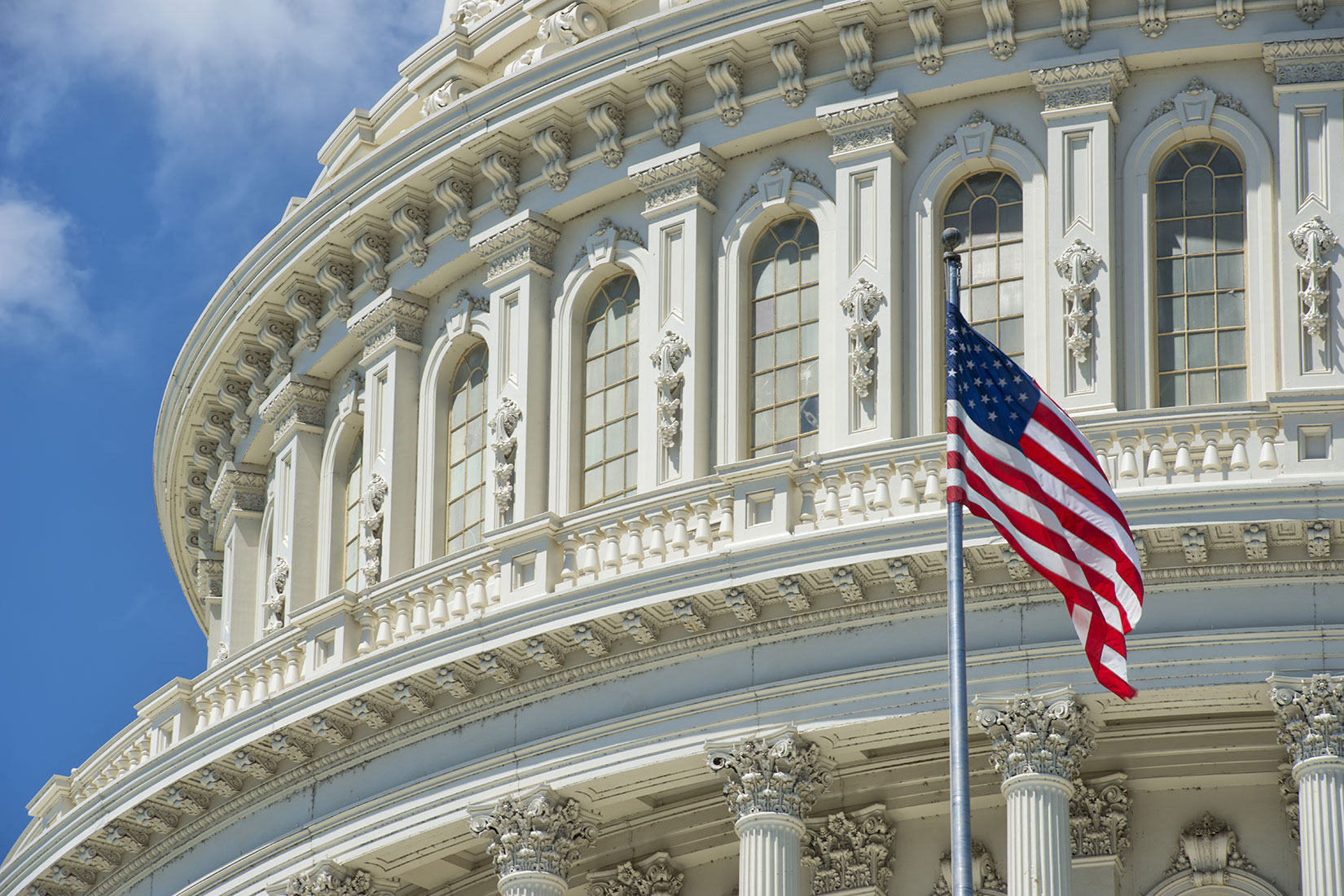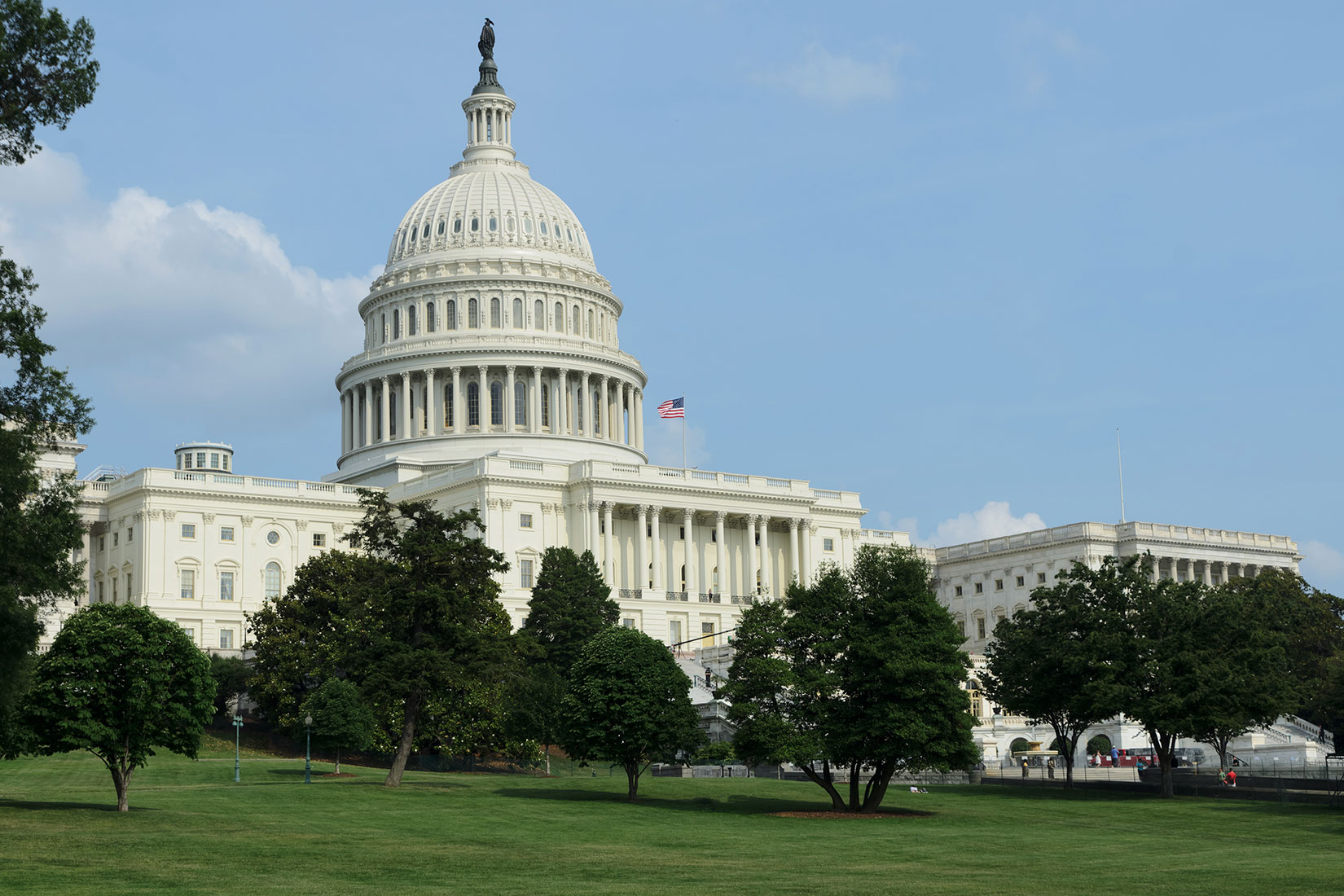Some federal policies involve short-term expenditures that result in economic and budgetary effects far in the future. CBO has been building analytic capacity to consider a dynamic framework for policies that would have long-term effects.
Dynamic Analysis
- Report
The Congressional Budget Act of 1974 requires CBO to prepare estimates of the cost of legislation at certain points in the legislative process. This document provides answers to questions about how CBO prepares those cost estimates.
- Report
CBO examined two illustrative scenarios that would boost federal funding for a mix of types of physical infrastructure by $500 billion over 10 years. The two scenarios differ in how the additional spending would be financed.
- Report
CBO has developed “rules of thumb” that show how changes in four key economic variables might affect revenues, outlays, and deficits. An interactive workbook allows users to see the budgetary effects of their own alternative scenarios.
- Presentation
Presentation by Wendy Edelberg, an Associate Director for Economic Analysis at CBO, at the University of Chicago Booth School of Business
- Blog Post
The Congress adopted a concurrent resolution on the FY16 budget that requires CBO, to the greatest extent practicable, to include macroeconomic effects in its 10-year cost estimates of major legislation approved by Congressional committees.







